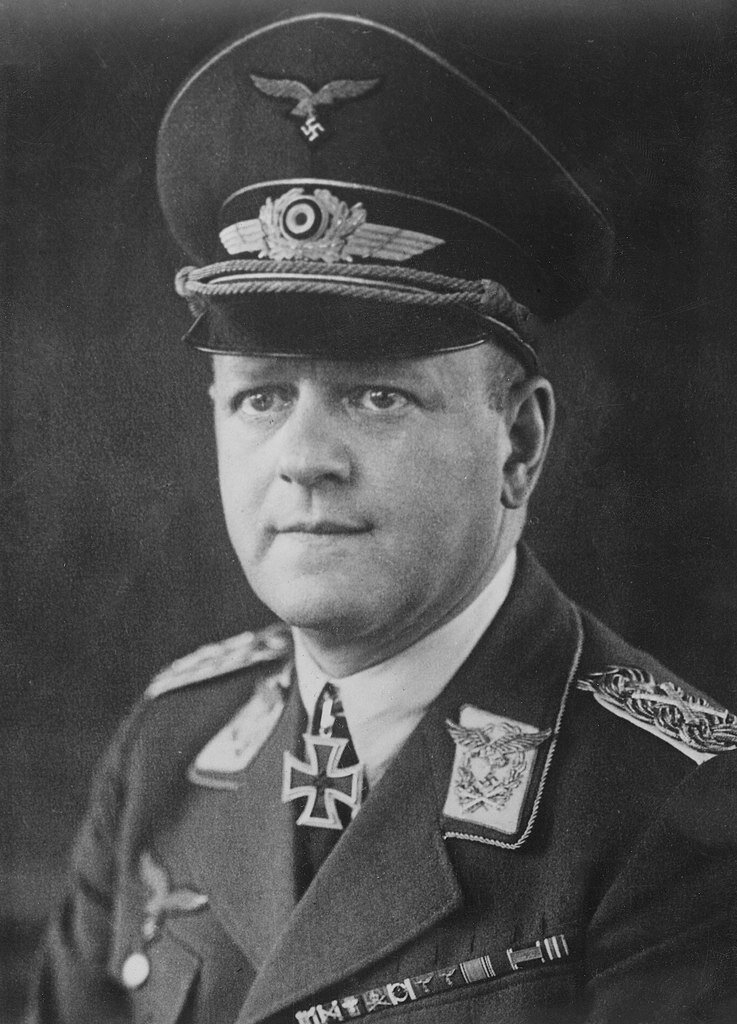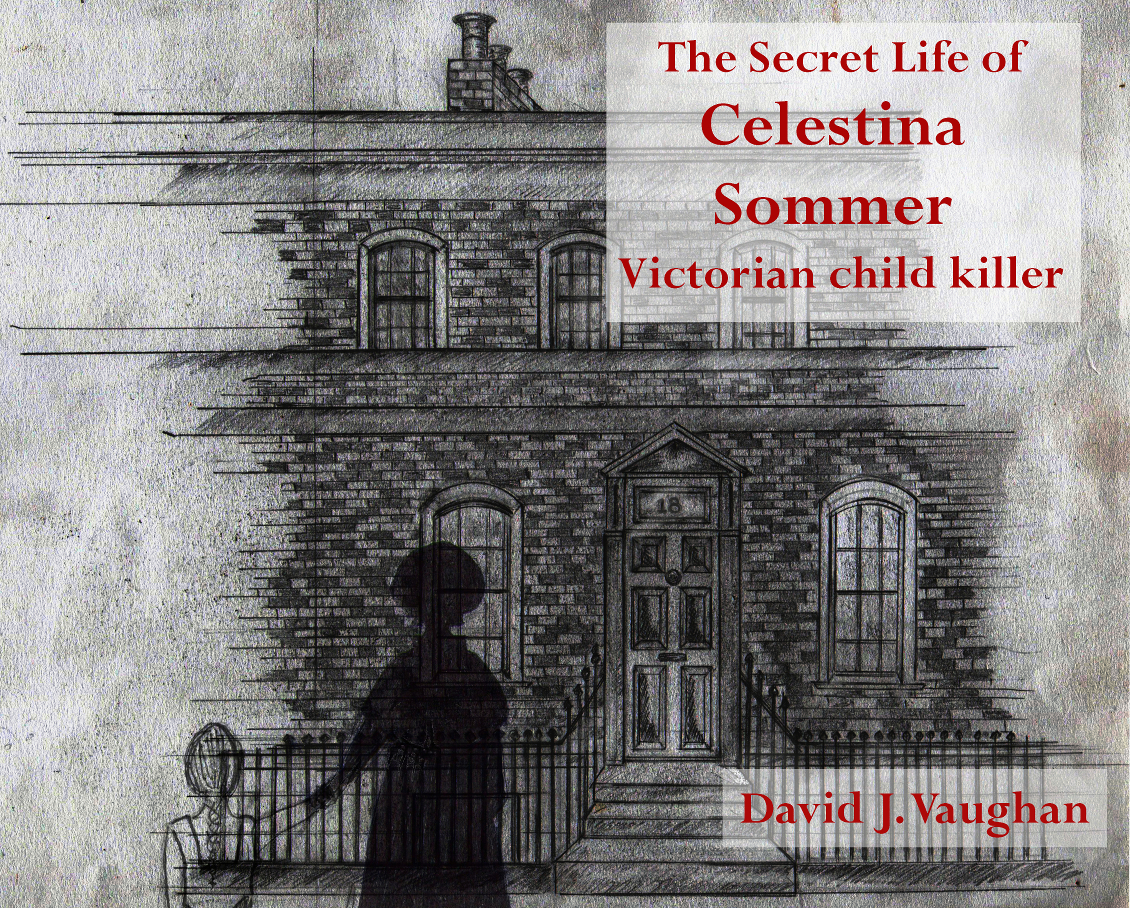With the current Covid-19 pandemic causing upheaval the world over, can we look to the past to learn lessons? Here, Mac Guffey continues a series considering lessons from the 1918 Influenza Epidemic, an epidemic that infected around a third of the world’s population and killed some 40 million people (exact estimates vary from 15 million to 50 million or more). He will consider the question: Can something that happened over a hundred years ago in a society so vastly different from today provide any useful guidance regarding the Covid-19 Pandemic?
Here, part 2 in the series considers the medical readiness lessons for today, by contrasting the very different approaches of Philadelphia and St Louis in the 1918 Influenza Epidemic.
If you missed it, the first article in the series considered what happened during the 1918 Influenza Pandemic and the lessons we can draw on the economy: Available here.
With masks over their faces, members of the American Red Cross remove a victim of the 1918 Influenza Epidemic from a house at Etzel and Page Avenues, St. Louis, Missouri. St Louis managed the Epidemic better than many other US cities.
American life in 1918 was busy, demanding, and non-stop.
A world war was raging in Europe; military camps were springing up all over the country to accommodate the military’s demand for more soldiers. Factories (and even community clubs, organizations, and families) were busy turning out provisions needed by those boys going “over there”.
But the demands of this war also drained the nation’s supply of healthcare workers, medical equipment, and diminished the quality of available civilian medical care everywhere. So when the second wave of the 1918 Influenza Epidemic struck toward the end of September, the civilian hospitals and medical personnel were simply unprepared.
The state health officer for New Jersey announced on September 27th that the influenza “was unusually prevalent” throughout the state. Within the next three days, more than 2,000 new cases were reported. Newark’s medical facilities were so quickly overwhelmed that the city purchased a vacant furniture warehouse to be used as an emergency hospital. (Leavitt, 2006)
Makeshift hospitals like that one were hastily opened in almost every community to deal with the astronomical surge in people seeking medical help, but the virulence of this epidemic simply overwhelmed them all.
One New Jersey physician recalled the outbreak: “There was no need to make appointments. You walked out of your office in the morning and people grabbed you as you walked down the street. You just kept going from one patient to another until late in the evening.” He treated more than 3,000 patients that month. (Leavitt, 2006)
Finally, in newspapers around the country, messages from desperate city health departments appeared:
. . . The spread of the Spanish Influenza is now a matter for the individual citizen. The city is doing what it can. Now it is up to the public. You can help keep the disease down. IT’S UP TO YOU—TAKE CARE OF YOURSELF (Johnson City Health Department, 1918)
That 1918 directive – very pertinent in both substance and form as we currently battle our own pandemic of epic proportions – actually represented a capitulation of sorts by America’s city and state governments.
At that point, everyone was on his or her own.
Lesson Two: Healthcare - Two Cities - Two Outcomes – One Reason
The very virulence of the influenza virus that late summer and early fall doomed the unready medical system in this country almost immediately. The United States had 5,323 hospitals with just 612,000 beds available to accommodate a nationwide population of some 92 million people. Within forty-eight to seventy-two hours of almost every local outbreak, all of the hospitals in that area were filled beyond capacity. (U.S. Bureau of the Census, 1976)
During the initial outbreak of the Covid-19 Pandemic in spring 2020, the modern healthcare system in the United States came perilously close to the limits that 1918 crossed. How do we handle a second wave that’s as virulent or more so than our first wave?
As history would have it, there actually is an answer to that very question in the 1918 Epidemic. It’s a tale of two cities – Philadelphia and St. Louis.
Philadelphia
For the sake of establishing a timeline by which to compare these two cities, let’s reiterate the facts we discussed in “Lesson One” of this series about Philadelphia’s health director Dr. Wilmer Krusen’s disastrous decisions that led to Philadelphia’s high mortality rate.
Despite evidence to the contrary regarding the virus’ virulence in the various military camps surrounding Philadelphia, Krusen was quoted in a Harrisburg newspaper on September 14th that he didn’t see any danger in the “Spanish Flu”. (Harrisburg Telegraph, 1918)
Three days later on September 17th, the first cases of the flu in the city were reported. Krusen took no quarantine measures or other social precautions, and furthermore, he ignored pleas from the local medical community to cancel the September 28thparade through the city. Over one hundred thousand people witnessed and participated in the parade that day. (Hatchett, Mecher, & Lipsitch, 2007)
Within seventy-two hours, Philadelphia’s hospitals were overrun. As the disease spread, essential services collapsed. Nearly 500 policemen failed to report for duty. Firemen, garbage collectors, and city administrators fell ill. [1] But it wasn’t until October 3rd that the city finally closed schools, banned public gatherings, and took other citywide measures to suppress the epidemic. (Hatchett, Mecher, & Lipsitch, 2007)
Krusen’s fourteen-day delay between the first reported cases in the city and his decision to finally impose a quarantine played a major role in the deaths of well over 12,162 people from influenza and other influenza-related complications between October 1 and November 2, 1918. (Dunnington, 2017)
One of the findings Thomas Garrett noted in his 2008 study of the 1918 Influenza Epidemic was that healthcare actually becomes irrelevant if there are no plans in place to ensure that a pandemic does not incapacitate the healthcare system like it did in 1918. (Garrett, 2008)
St Louis
In St Louis, Dr. Max Starkloff, the St. Louis health commissioner, planned ahead.
Instead of waiting for the virus to start, Starkloff started.
First, he changed his thinking from IF to WHEN. By September 20th, Starkloff had already published a list of social “Don’ts” regarding behavior that could spread the “epidemic of influenza” that was happening in the east. (Evening Missourian, 1918)
He also alerted the local medical community to be prepared, and with their help set up a network of volunteer nurses to treat residents in their homes when the hospitals ran out of space. Members of the Red Cross Motor Ambulance Corps* were diverted from various camps to help transport civilian patients to the hospital and to deliver broth and food to those influenza patients being treated in their homes. (St Louis Post Dispatch, 2014)
Starkloff was ready.
When the first cases of the influenza epidemic were reported in St. Louis on October 5th, he and his staff moved rapidly. Two days later on October 7th, they closed schools, theaters, playgrounds and other public places. Quickly added to that list were churches and taverns, as well as restricted attendance at funerals. Streetcars were limited to seated passengers only – the usual crowds of standing riders were forbidden. (St Louis Post Dispatch, 2014)
These restrictions were enforced too. Despite significant pushback from local religious leaders and business owners who complained about the “draconian” measures and predicted dire economic consequences because of the closings, Starkloff and Mayor Henry Kiel remained firm. (St Louis Post Dispatch, 2014)
One Reason
What’s so staggering is the contrast in the mortality figures for these two cities. Philadelphia experienced 12,162 (or more) deaths in one month; St. Louis experienced 1,703 deaths over four months – the lowest mortality rate among the nation’s largest cities. (Hatchett, Mecher, & Lipsitch, 2007)
The one and only reason: In St. Louis, an intervention plan was in place and ready to go when the first cases were reported.
History is NOW
In a recent Washington Post interview, a frustrated ER nurse at Sinai Grace Hospital in Detroit, Michigan, Mikaela Sakal, described their struggle against the coronavirus:
Nobody prepared us for this, because this didn’t exist. These aren’t the kinds of scenarios you go over in training. Where do you put 26 critical patients when you only have 12 rooms? How many stretchers fit into a hallway? (Saslow, 2020)
The Covid-19 Pandemic is filled with healthcare anecdotes like this one.
While all kinds of “plans” supposedly have been designed to deal with a pandemic, there were no complete readiness plans that had been designed, practiced, corrected, approved, and waiting to be implemented. Even essential medical stockpiles of such common essentials as facemasks, hazmat suits, ventilators, or the machines to make them were wholly inadequate to handle the demands of this disaster.
And when a pandemic like 1918 DID hit in 2020, what occurred was panicky, uncoordinated, reactionary moves with no contingency plans for implementation problems, the long-term effects of each measure, or the necessary vs. available resources.
“Nothing went by the book,” Ms. Sakal explained angrily, “Every night, we had to come into work and rewrite the rules.” (Saslow, 2020)
When there is no virus vaccine, “readiness” becomes the major factor in the government’s ability to protect its citizens from a pandemic. Faced with spiraling mortality rates across vast populations over a short period of time, a “virus war” requires preparation, the ready availability of healthcare workers, hospital beds, and huge stockpiles of ready medical equipment to meet the massive demand.
More importantly, as the Philadelphia and St. Louis examples demonstrated, a national readiness plan uniting all of these elements is necessary.
Otherwise, healthcare becomes irrelevant, and 675,000 Americans could die.
Food for thought.
Now, read part 3 here: Lessons from the 1918 Influenza Epidemic: Part 3 – Leadership – ‘Vigilance, Predetermined Countermeasures, and Planning’
What lessons do you think we can learn from the 1918 Influenza Pandemic? Let us know below.
















